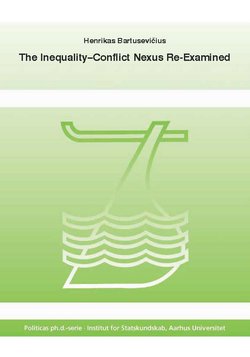Henrikas Bartusevicius
The Inequality–Conflict Nexus Re-Examined

This project investigates the following questions: Does inequality increase the likelihood of intrastate armed conflict? What are the causal pathways through which inequality may increase the likelihood of conflict? The project offers four contributions to conflict research. First, it argues that conflict analyses need to consider differences in the effects of conflict predictors on conflict sub-categories. Subsequently, it introduces The Categorically Disaggregated Conflict (CDC) Dataset that categorizes conflicts into four sub-categories and tests them against a number of conflict predictors. The project finds that the effects of most of the predictors are non-uniform. Second, it argues that the failure to establish a relationship between inequality and conflict in previous large-N studies is an outcome of an aggregation of the dependent (conflict) and independent (inequality) variables. In turn, the project shows that vertical inequalities significantly increase the risk of non-ethnic conflicts. Third, it presents a new approach to conflict analysis that centres on militarization. In place of commonly used comparisons of countries ‘at peace’ with countries ‘at war’, the project compares countries ‘at non-armed conflict’ with countries at ‘armed conflict.’ It finds that the reasons for why conflicts start and why they militarize are different. Finally, the project implements 16 case studies testing the causal pathways theorized in the literature on the inequality-conflict nexus. The case studies support the theories and empirical patterns established in the large-N studies.
![]() Ophavsretten tilhører Politica. Materialet må ikke bruges eller distribueres i kommercielt øjemed.
Ophavsretten tilhører Politica. Materialet må ikke bruges eller distribueres i kommercielt øjemed.